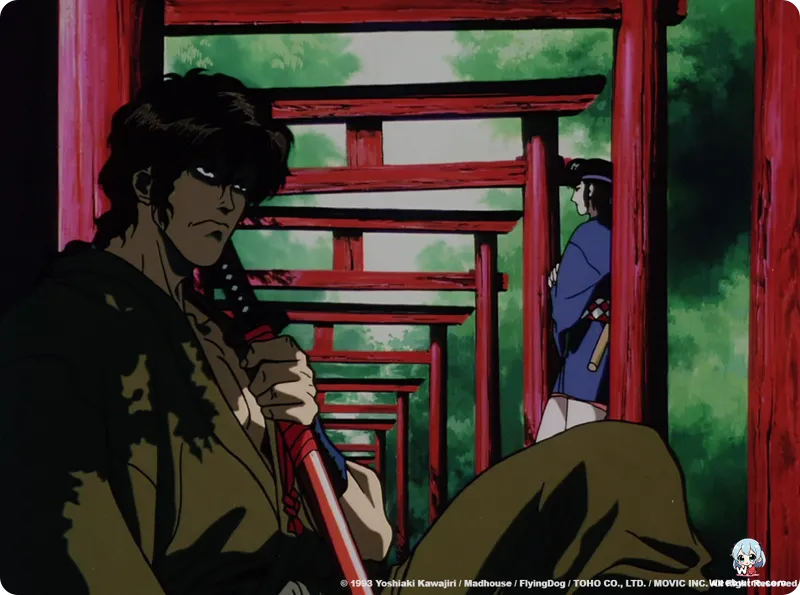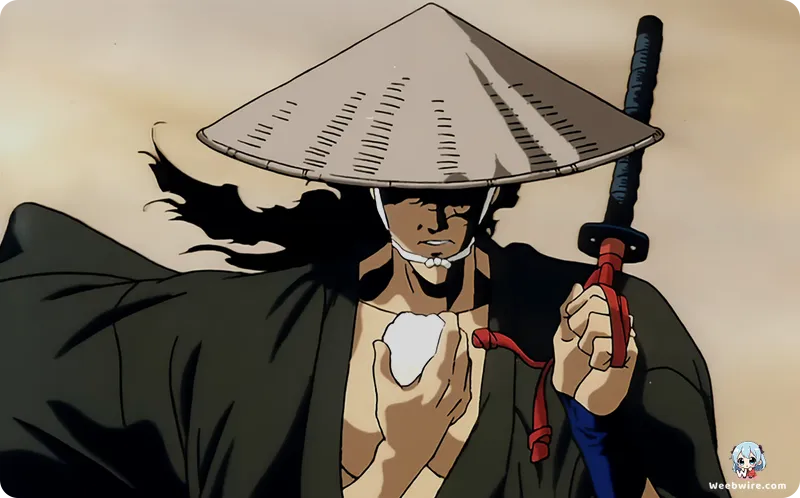Anime Icon Revisited: The Profound Legacy of Yoshiaki Kawajiri's 'Ninja Scroll'

Released in 1993, Yoshiaki Kawajiri's Ninja Scroll stands as a monumental achievement in anime history. It profoundly redefined global perceptions of adult-oriented animation, proving to be more than just a film. It is a testament to visionary storytelling, raw action, and mature themes that resonated deeply, particularly in the West. Beyond its celebrated visceral combat, the movie offers fascinating insights into its creation and enduring legacy.
The Visionary Director: Yoshiaki Kawajiri
The film's core brilliance stems directly from director Yoshiaki Kawajiri. His distinctive visual style, hyper-violent action, and bleak supernatural narratives permeate every frame. This unique approach is recognizable from his other works, such as Vampire Hunter D: Bloodlust, showcasing his intricate character designs, dynamic camera work, and fluid action sequences as hallmarks of his craft. Crucially, Kawajiri served as the singular creative force behind Ninja Scroll, handling the original story, screenplay, character designs, and direction. This unified vision is key to the film's cohesion and its benchmark status for mature anime.
Iconic Characters and Unforgettable Villains
Central to the narrative are its iconic characters. The protagonist, Jubei Kibagami, is a cynical wandering ronin with a shadowed past, loosely inspired by the historical samurai Yagyu Jubei Mitsuyoshi. His stoic demeanor and unmatched swordsmanship made his distinctive design instantly iconic. Adding a tragic romantic layer is Kagero, the kunoichi whose body is fatally poisonous. Her unique affliction metaphorically underscores her isolation, imbuing interactions with Jubei with a palpable tension and sorrow that elevates the narrative beyond simple action.
The unforgettable 'Eight Devils of Kimon' represent a masterclass in imaginative villainy. Each possesses grotesque appearances and unique, often supernatural, powers. From Tessai, the stone-skinned giant, to Benisato, who controls snakes, and Utsutsu Mujuro, the blind swordsman, their disturbing abilities pushed the boundaries of animated antagonists. Every encounter was a spectacle of violence and ingenuity, a true testament to Kawajiri's dark imagination and Madhouse's animation prowess.

Artistic Prowess and Lasting Legacy
Despite a reportedly modest budget, Madhouse achieved stunning visual quality, delivering fluid action, detailed character movements, and atmospheric backgrounds. This artistic prowess solidified their reputation within the industry. Kaoru Wada’s exceptional soundtrack, blending traditional Japanese instruments with an orchestral score, creates an immersive soundscape that perfectly complements the on-screen drama, significantly contributing to its cult classic status.
Ninja Scroll played a pivotal role in shaping Western perceptions of anime in the 1990s. Alongside titles like Akira and Ghost in the Shell, it demonstrated animation's capacity for complex, adult stories with sophisticated themes and unapologetic violence. It challenged the notion that animation was solely for children, paving the way for a wider range of anime to find audiences outside Japan. Its success helped ignite the anime boom of the late 1990s and early 2000s, securing its place as a cultural touchstone. While a 2003 TV spin-off failed to replicate its singular vision, the original film's enduring appeal lies in its tight narrative, iconic characters, and Kawajiri's powerful direction, cementing its status as a timeless classic that continues to captivate new generations.
Credits
Ninja Scroll
Author
Yoshiaki Kawajiri
Cover Art
Yoshiaki Kawajiri
Studio
Madhouse
Publisher
Movic
Producers





